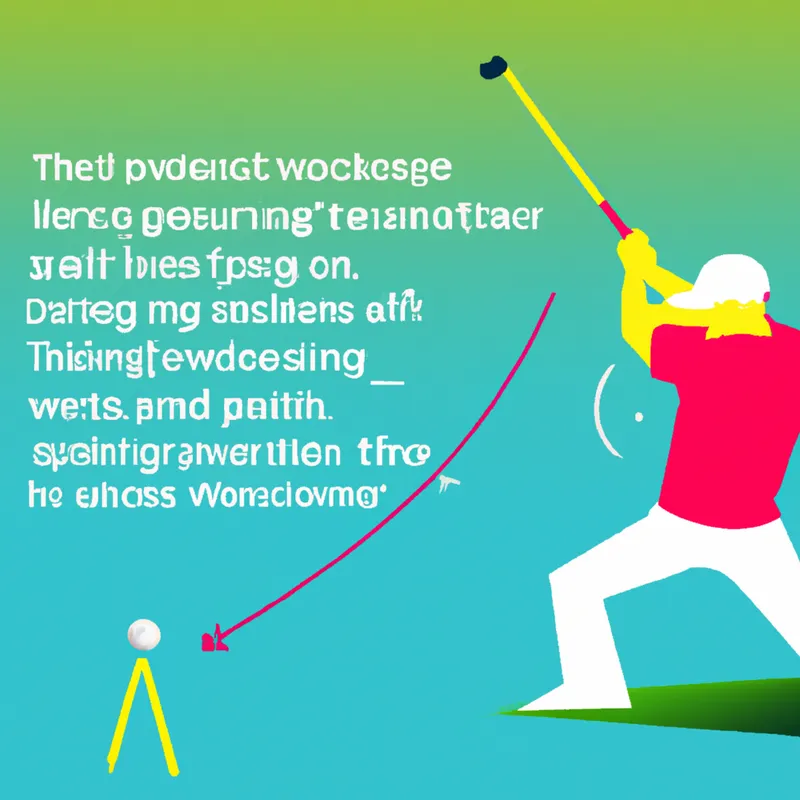The Evolution of the Three-Point Shot: How Strategy and Training Have Changed Over the Decades
The Evolution of the Three-Point Shot: How Strategy and Training Have Changed Over the Decades
The three-point shot transformed basketball. Players now view it as a crucial weapon. Coaches integrate it into their strategies. Fans enjoy the excitement it adds to games. This blog post examines how strategy and training for the three-point shot evolved over time.
The Early Days of the Three-Point Shot
The NBA introduced the three-point line in 1979. This innovation marked a significant turning point in the league’s history. Before then, teams relied heavily on two-point shots and mid-range jumpers. Players largely ignored the three-point shot, viewing it as low-percentage. They focused on close-range scoring, treating the three-point line as a novelty.
In those early years, teams did not prioritize three-point shooting. Few players utilized this new rule. Many lacked the shooting range, relegating the three-point shot to rare desperation attempts. However, players like Chris Mullin and Dale Ellis began to change perceptions. They showcased long-range shooting’s potential, proving the three-point shot could become a valuable asset.
The Rise of the Three-Point Specialist
By the 1990s, players like Reggie Miller and Ray Allen popularized the three-point shot. Their accuracy and clutch performance transformed perceptions of long-range shooting. Coaches began to rethink offensive strategies, realizing spacing and three-point shooting could enhance scoring potential.
This shift led to the emergence of the three-point specialist. Teams actively sought these players in drafts and trades, recognizing their value. Consequently, more players developed three-point skills, making shooting a training focus. Coaches prioritized shooting drills, understanding the three-point shot’s potential impact in close games.
The Role of Analytics in the Modern Game
The 2000s introduced a new era influenced by analytics. Coaches and teams analyzed shot selection carefully. They used data to understand scoring probabilities from different court areas. They discovered that three-point shots offered higher returns than mid-range attempts, shifting offensive strategies.
Teams increasing their three-point attempts found considerable success. The Golden State Warriors, led by sharpshooters Stephen Curry and Klay Thompson, exemplified this transformation. Their long-range shooting changed the game’s landscape.
Conclusion
This post highlights the evolution of the three-point shot through strategy and training. The game continues to transform as players and coaches adapt.
Below are related products to the topic if you’re interested:
FAQ
What was the initial perception of the three-point shot when it was introduced in the NBA?
When the NBA introduced the three-point line in 1979, the initial perception was that it was a low-percentage shot. Teams primarily focused on two-point shots and mid-range jumpers, treating the three-point line as a novelty rather than a strategic option.
How did the role of the three-point specialist evolve in basketball?
By the 1990s, players like Reggie Miller and Ray Allen helped popularize the three-point shot, leading to the emergence of the three-point specialist. Teams began actively seeking these players, recognizing their value in enhancing scoring potential and changing offensive strategies.
What impact did analytics have on three-point shooting strategies in basketball?
The introduction of analytics in the 2000s significantly impacted shooting strategies. Coaches began to analyze shot selection using data, discovering that three-point shots offered higher returns than mid-range attempts, which led to teams increasing their three-point attempts and altering their offensive strategies.















Post Comment